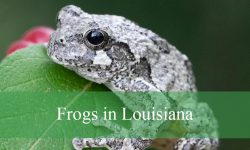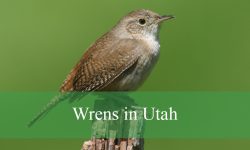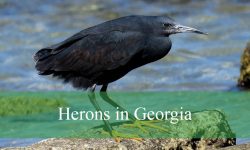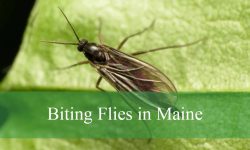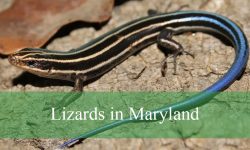Insects and arachnids in California vary widely, and several species can be harmful or dangerous to people. From venomous spiders to aggressive stinging insects, knowing which bugs pose risks is essential for residents and outdoor enthusiasts alike.
These 14 dangerous bugs are notable for their venom, painful bites, or ability to transmit diseases. Each species has unique characteristics, behaviors, and habitats that make them both fascinating and potentially hazardous. Recognizing them can help prevent accidents and ensure safer interactions with nature.
In this guide, you’ll find detailed descriptions, identification tips, and safety advice for each species. Whether you encounter them in your garden, in the woods, or around your home, understanding these bugs’ traits and danger levels is the first step in protecting yourself and your family.
Types of Dangerous Bugs Found in California
California Bark Scorpion (Centruroides sculpturatus)
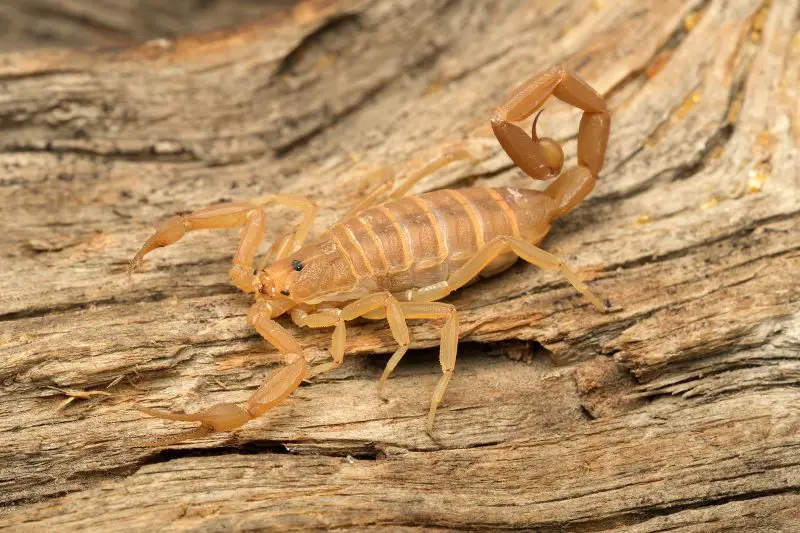
The California Bark Scorpion is the most venomous scorpion in North America. Adults measure 2.5–3.5 inches long with a slender, light brown body marked with darker stripes along its back. Its long, thin tail ends with a venomous stinger, and its narrow pincers differentiate it from less dangerous scorpions.
Nocturnal by nature, it hides under rocks, logs, and crevices during the day. At night, it hunts insects and small arthropods. Its agility allows it to climb walls and enter homes, making human encounters more common in desert and semi-arid regions.
The venom is a powerful neurotoxin affecting the nervous system. Symptoms include immediate, intense pain at the sting site, numbness, tingling, muscle twitching, sweating, and in severe cases, difficulty breathing. Children, the elderly, and people with preexisting health conditions are most at risk. Fatalities are rare but possible without medical care.
In California, the scorpion is most common in desert areas like the Sonoran Desert and arid foothills. Safety precautions include wearing gloves when handling wood or rocks and using insect-proof screens in homes. The level of danger is high, especially for vulnerable individuals.
Black Widow Spider (Latrodectus hesperus)
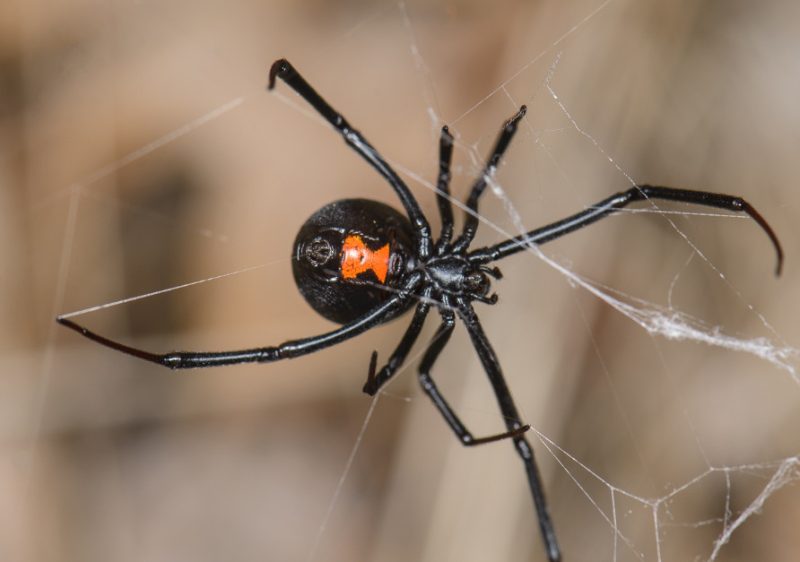
The female Black Widow Spider is easily identifiable by its glossy black body and red hourglass marking on the underside of its abdomen. Females are about 1.5 inches including legs, while males are smaller and less toxic. Its legs are long and slender, and it often dwells in secluded, undisturbed areas.
This spider constructs irregular, sticky webs in woodpiles, sheds, garages, and basements. It hunts by trapping insects in its web and envenomating them with neurotoxic venom, which immobilizes its prey.
The venom is extremely potent, affecting nerve endings and muscle function. Bites cause sharp pain, cramping, nausea, sweating, and in severe cases, difficulty breathing and elevated blood pressure. While rarely fatal, the level of danger is moderate to high, particularly for children, the elderly, or those with medical vulnerabilities.
Black Widows are widespread throughout California, thriving in both urban and rural environments. Preventive measures include checking dark corners, wearing gloves during outdoor work, and educating people about recognizing their webs.
Brown Recluse Spider (Loxosceles reclusa)
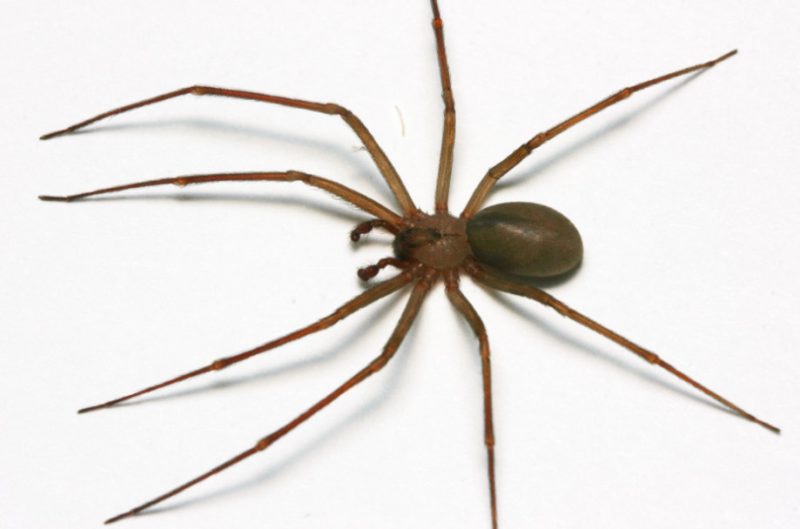
Although uncommon in California, the Brown Recluse Spider occasionally appears. Its light to dark brown body features a characteristic violin-shaped mark on the back. Adults are about 1–1.5 inches including legs. Its fangs are small but capable of injecting cytotoxic venom.
Brown Recluse Spiders prefer dark, dry, and undisturbed areas such as attics, closets, and storage boxes. They are nocturnal hunters, feeding on small insects and using venom to immobilize prey. Human encounters are rare due to their reclusive nature.
Their venom contains enzymes that destroy skin and soft tissue, causing necrotic lesions that can take weeks to heal. Initial bites may be painless, delaying treatment. Severe systemic symptoms, including fever, nausea, and fatigue, can occur. The level of danger is moderate, mostly due to the risk of tissue damage rather than death.
Though rare, caution is advised when reaching into dark or undisturbed areas. Proper storage and regular cleaning are key preventive measures to reduce accidental bites.
Asian Giant Hornet (Vespa mandarinia)
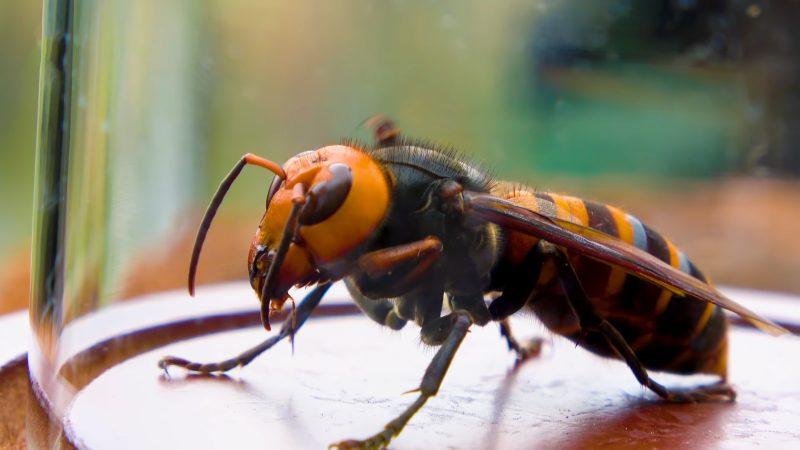
The Asian Giant Hornet, an invasive species in California, is one of the largest wasps in the world, measuring up to 2 inches long. Its orange head, dark brown thorax, and yellow-orange striped abdomen make it unmistakable. Its stinger is long and can inject venom multiple times in a single attack.
These hornets are aggressive predators, feeding on insects, particularly bees, and defending their nests vigorously. Nests are usually hidden underground or in tree cavities. They forage mainly during daylight hours but will attack when threatened.
The venom is highly toxic, containing neurotoxins and enzymes that destroy tissue, cause intense pain, swelling, and, in some cases, systemic reactions like anaphylaxis or multi-organ stress. Multiple stings can be life-threatening, making this species extremely dangerous. Immediate medical care is critical after a sting.
In California, sightings are mainly reported in the northern regions. Experts advise against attempting removal and recommend reporting nests to authorities. The level of danger is very high, especially for allergic individuals or small children.
European Hornet (Vespa crabro)
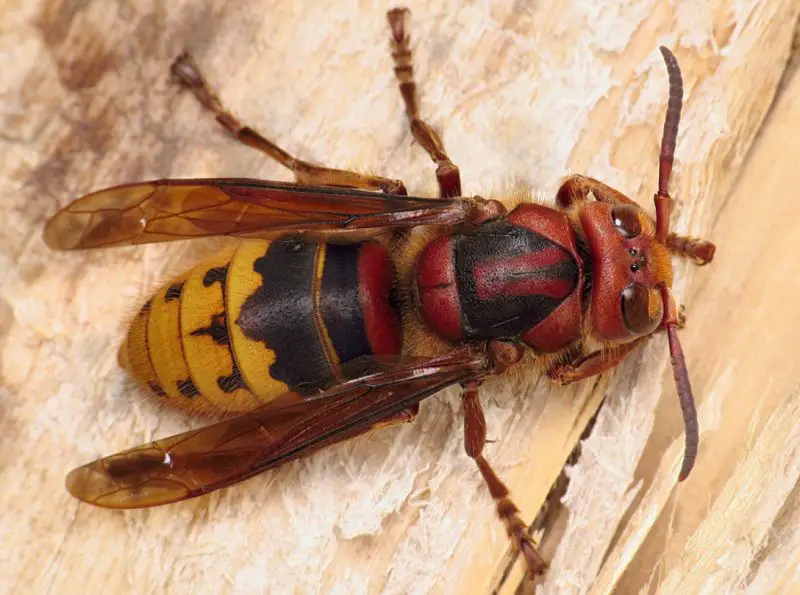
The European Hornet is a large social wasp with reddish-brown heads and thoraxes and yellow-banded abdomens. Adults can reach 1.5 inches long. They possess strong mandibles that allow them to chew wood for nest-building, which can bring them close to human activity.
They build paper-like nests in hollow trees, attics, or wall voids and forage mostly at night for insects, sap, and sugary foods. They are less aggressive than Asian Giant Hornets but will defend nests aggressively if disturbed.
The venom contains neurotoxins that cause intense localized pain, swelling, and redness. For people allergic to wasp stings, it can trigger anaphylaxis, a severe, potentially fatal allergic reaction. The level of danger is moderate to high, depending on proximity to humans and allergy status.
In California, European Hornets are widespread but tend to remain in wooded areas or suburban gardens. Preventive measures include sealing potential nesting sites and avoiding disturbing visible nests.
Yellowjackets (Vespula spp.)
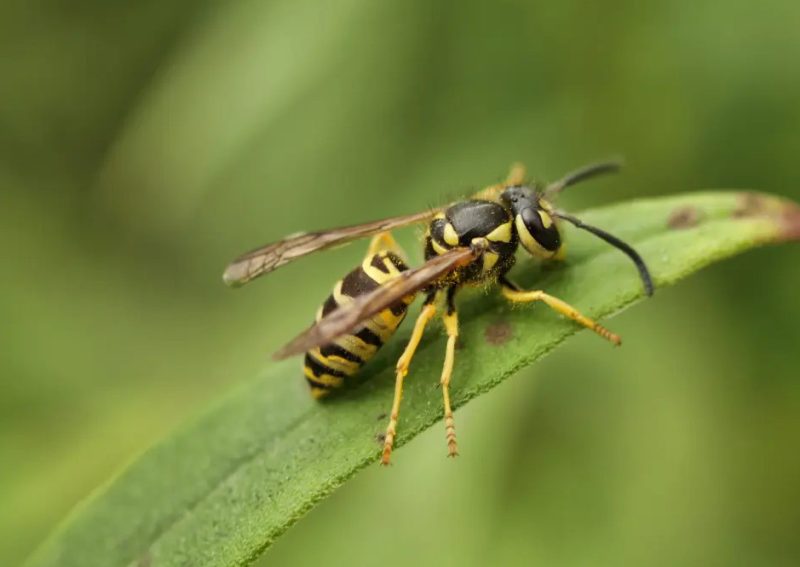
Yellowjackets are medium-sized wasps, about 0.5–0.75 inches long, with striking yellow and black striped bodies. Their aggressive behavior and potent sting make them a notable threat in California, particularly during late summer and early fall.
These wasps build paper-like nests underground, in wall cavities, or tree roots. They are highly social and defend their nests vigorously, often stinging multiple times when threatened. They feed on insects, nectar, and human food.
The venom contains a mix of proteins that affect nerve endings, causing sharp pain, swelling, and itching. Multiple stings can trigger severe allergic reactions, including anaphylaxis in sensitive individuals. The level of danger is high, especially for those allergic to wasp venom.
Yellowjackets are common in urban parks, backyards, and picnic areas across California. Avoiding nests and wearing protective clothing when outdoors reduces the risk of stings.
Paper Wasps (Polistes spp.)
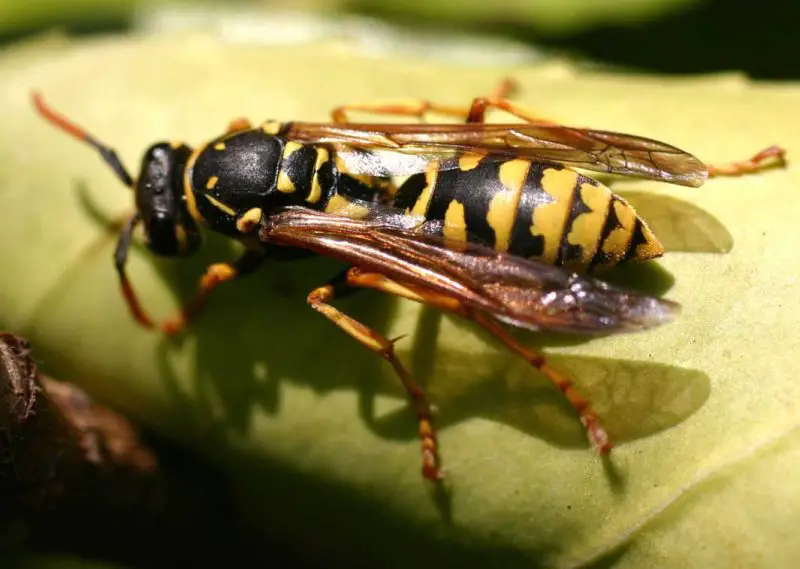
Paper Wasps are slender wasps, typically 0.75–1 inch long, with long legs and narrow waists. Their bodies are usually reddish-brown with yellow markings, and they construct small umbrella-shaped nests.
These wasps are generally less aggressive than yellowjackets but will defend their nests if disturbed. They feed on caterpillars, insects, and nectar. Nests are often found under eaves, roof overhangs, and tree branches.
The venom causes moderate pain, redness, and swelling at the sting site. For allergic individuals, stings can trigger anaphylaxis, though most stings are localized and not life-threatening. The level of danger is moderate, mainly due to potential allergic reactions.
In California, paper wasps are widespread in suburban and rural areas. Preventive measures include inspecting eaves and removing early nests to reduce human contact.
Fire Ants (Solenopsis invicta, S. geminata)
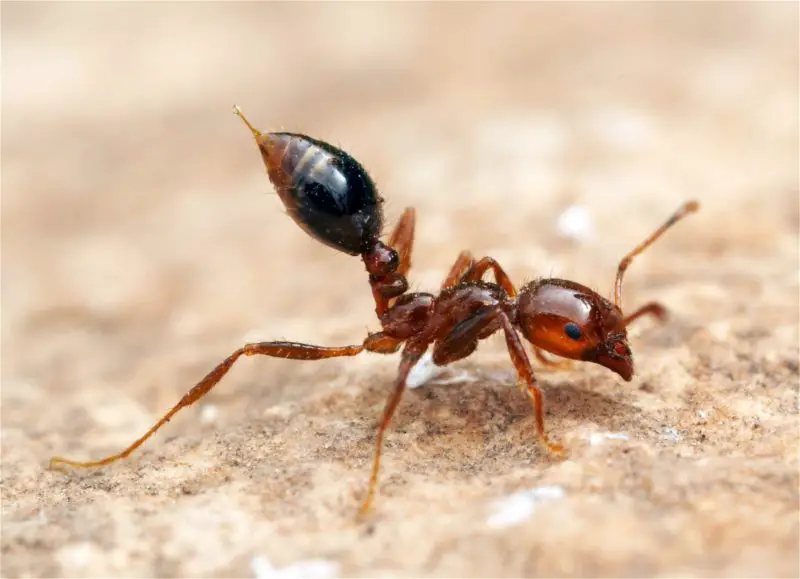
Fire Ants are small, reddish-brown ants, about 0.125–0.25 inches long. Their aggressive nature and venomous sting make them a serious concern for humans and pets in California.
They construct large mound-shaped nests in soil and forage actively during the day. Fire ants attack in swarms when disturbed, delivering multiple stings simultaneously. They feed on insects, seeds, and sugary substances.
The venom contains alkaloids that cause intense burning, redness, and pustules. Multiple stings can lead to systemic allergic reactions or, in extreme cases, anaphylactic shock. The level of danger is high, especially when nests are disturbed unknowingly.
Fire ants are most common in southern California, in lawns, parks, and agricultural fields. Awareness and protective footwear when outdoors can help prevent stings.
Kissing Bug (Triatoma protracta)
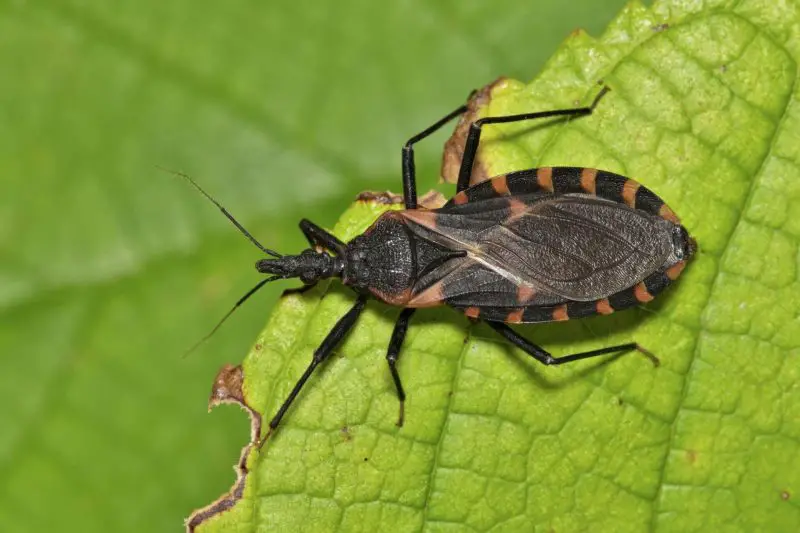
The Kissing Bug is a blood-feeding insect about 0.75–1.25 inches long, with a dark, flattened body and distinctive orange or red markings along its edges. It hides in cracks, woodpiles, and rodent nests.
This bug feeds on the blood of mammals, including humans, usually at night. Its bite is painless, which allows it to feed unnoticed for extended periods. The danger comes primarily from its potential to transmit the parasite Trypanosoma cruzi, which causes Chagas disease.
Kissing Bug saliva contains anticoagulants and proteins that can trigger mild allergic reactions in some people. Though bites are generally not venomous, the level of danger is moderate, mainly due to disease transmission rather than direct toxicity.
In California, they are found mainly in rural and semi-rural areas. Preventing indoor infestations by sealing cracks and using screens is key to reducing risk.
Velvet Ant (Mutillidae family, “Cow Killer”)
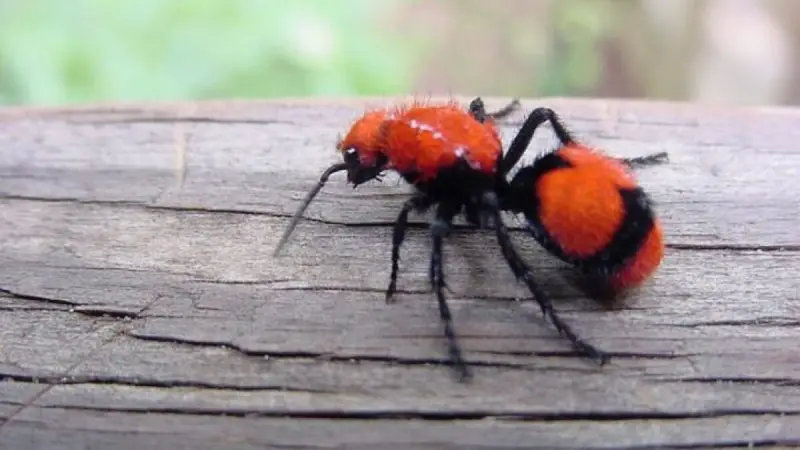
Velvet Ants are actually wingless female wasps, about 0.5–1 inch long, covered in bright red or orange hairs with black markings. Males have wings but are less commonly encountered.
These insects are solitary and not aggressive but will sting if handled. They do not build nests; instead, females seek out ground-nesting bees or wasps to lay eggs. They are mostly active during the day.
The sting is extremely painful, causing intense burning, swelling, and temporary numbness. Despite the pain, the level of danger is low to moderate, as it rarely causes serious medical complications or fatalities. The nickname “cow killer” reflects the sting’s intensity, not lethality.
Velvet ants are found throughout California, particularly in sandy soils and dry open areas. Observers should avoid handling them to prevent painful stings.
Assassin Bugs (Reduviidae family)
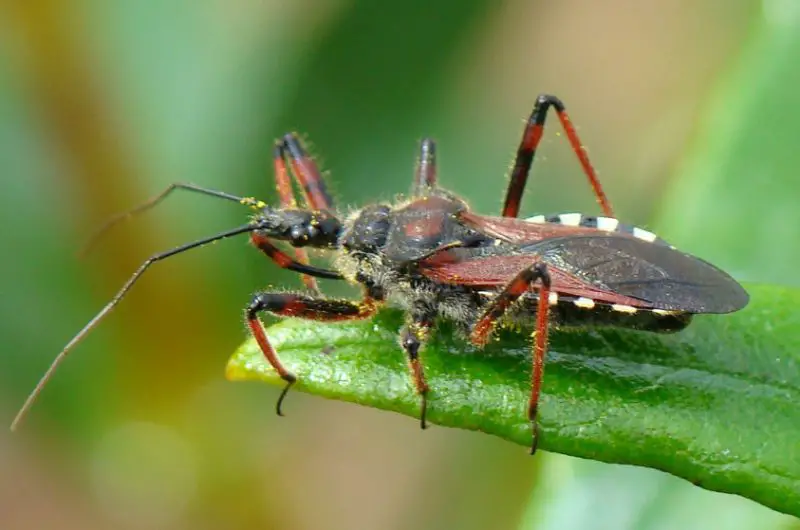
Assassin Bugs are medium-sized insects, usually 0.5–1.5 inches long, with elongated bodies and a distinct curved proboscis that functions like a needle for piercing prey. Their coloration ranges from dark brown to reddish-brown, often with patterned markings that help them blend into vegetation. They are agile predators, feeding primarily on other insects such as beetles, caterpillars, and aphids.
These bugs are solitary hunters and are generally not aggressive toward humans. However, they will bite defensively if handled or provoked. Their bite is delivered through the proboscis, injecting saliva that contains enzymes capable of immobilizing their prey. This saliva can cause sharp pain, burning, redness, and localized swelling in humans.
Assassin Bugs are significant because some species can transmit Trypanosoma cruzi, the parasite that causes Chagas disease. While this disease is rare in California, the theoretical risk exists, particularly in areas where the bugs live in close association with rodent or mammal nests. Human infections are extremely uncommon but possible.
The severity of a bite depends on the individual’s sensitivity. For most people, it results in temporary pain and minor irritation. Allergic individuals, however, may experience more pronounced swelling or an inflammatory reaction. Medical attention is recommended if symptoms worsen or signs of infection develop.
In California, Assassin Bugs are commonly found in gardens, shrubs, forested areas, and sometimes inside homes where insects are abundant. Level of danger: low to moderate. They are not aggressive and do not inject highly toxic venom, but bites can be painful and occasionally risky due to potential pathogen transmission.
Western Conifer Seed Bug (Leptoglossus occidentalis)
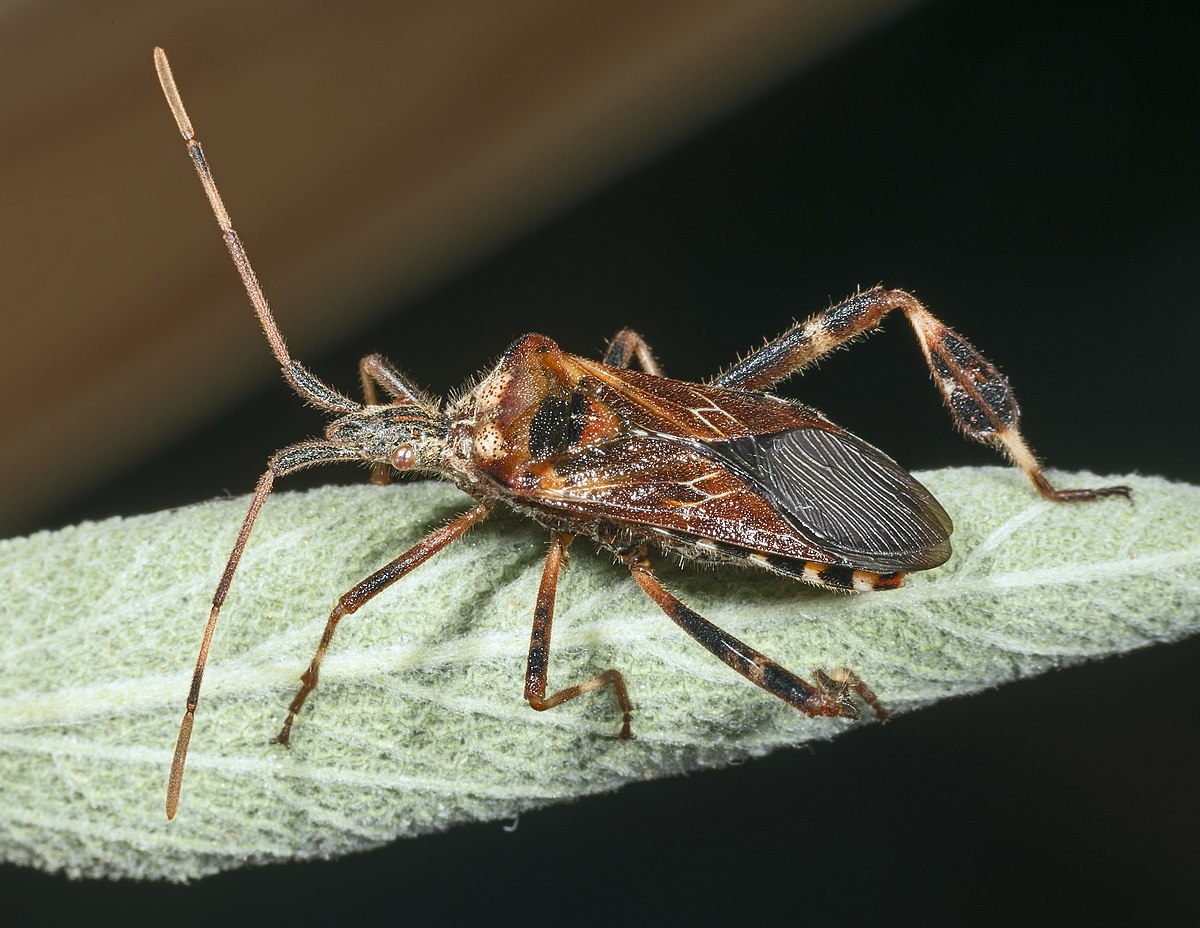
The Western Conifer Seed Bug is a large, brown, leaf-footed insect measuring 0.75–1 inch long. Its hind legs are flattened and leaf-like, an adaptation that provides camouflage among pine needles and conifer branches. The body is elongated, with subtle markings that help it remain undetected by predators.
This insect feeds primarily on the sap and seeds of pine cones and other coniferous trees. It inserts its long, slender proboscis into seeds and plant tissues to extract fluids. While it is capable of biting humans, it rarely does so, and any bite only produces mild discomfort.
When disturbed or handled, the bug may excrete a pungent odor as a defensive mechanism. The Western Conifer Seed Bug does not have venom, nor does it pose a risk of transmitting diseases. Its primary impact on humans is nuisance rather than health danger.
Bites, if they occur, cause brief irritation, redness, or itching. People often report being startled rather than injured. No medical treatment is typically necessary, although cleaning the bite site is recommended to prevent minor infections.
In California, Western Conifer Seed Bugs are common in forests, suburban gardens, and areas with abundant pine trees. They often enter homes in autumn seeking warmth, which can increase human contact. Level of danger: minimal. These insects are mostly harmless and primarily a seasonal nuisance.
Honey Bees (Apis mellifera)
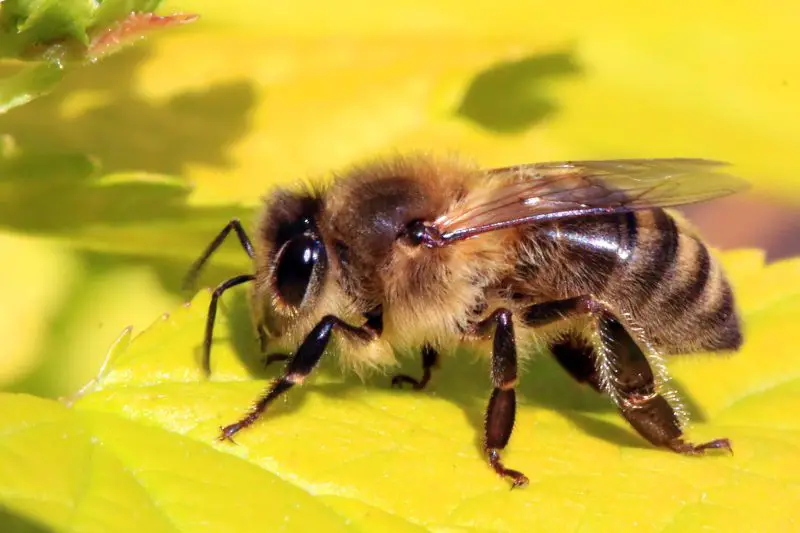
Honey Bees are medium-sized pollinators, about 0.5–0.75 inches long, with golden-brown, hairy bodies and distinctive black stripes on the abdomen. They play a vital role in California agriculture and ecosystems by pollinating flowers, fruit trees, and crops.
Honey Bees sting defensively using a barbed stinger, which injects venom containing melittin and other enzymes. The sting is immediately painful, causing localized redness, swelling, and itching. Unlike some wasps, the stinger usually remains embedded in the skin, continuing to release venom for several seconds.
For most people, a honey bee sting is a temporary discomfort that resolves within hours to a day. However, allergic individuals are at risk of severe reactions, including swelling, hives, difficulty breathing, or anaphylactic shock, which can be life-threatening without prompt medical attention. Multiple stings, even in non-allergic individuals, can also lead to systemic effects such as nausea, dizziness, or fever.
Honey Bees are generally non-aggressive unless provoked or their hive is threatened. They are commonly encountered in gardens, orchards, parks, and areas with abundant flowering plants. Avoiding sudden movements near a hive and wearing protective clothing can reduce the risk of stings.
Level of danger: moderate. Honey Bees are only dangerous to individuals allergic to their venom or when stung multiple times. Proper education and awareness are key to minimizing risk.
Scorpionflies (Panorpidae)
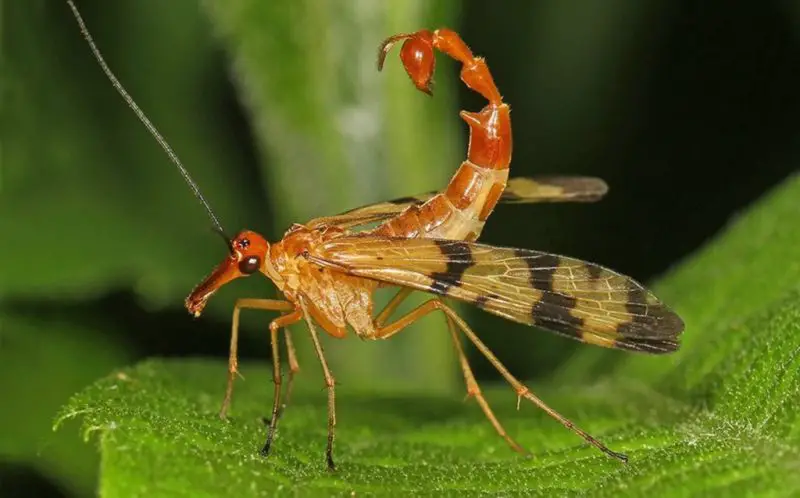
Scorpionflies are elongated insects measuring 0.5–1 inch long, easily recognized by their scorpion-like tail, which is actually harmless. Adults are typically yellowish to brown, with long wings that are often patterned with dark markings. They are primarily scavengers, feeding on dead insects, nectar, and occasionally small live prey.
These insects are generally harmless to humans and are not aggressive. They may bite if handled, but their mandibles are weak, and the bite produces only minor irritation or brief discomfort. They do not possess venom or toxins that affect humans.
Bites from scorpionflies cause temporary redness or a slight stinging sensation. No systemic effects occur, and medical treatment is rarely required. They pose no threat of disease transmission or long-term harm.
Scorpionflies are most commonly found in moist vegetation, along streams, or in leaf litter in forests and gardens. They are slow-moving and more of a curiosity than a hazard to humans.
Level of danger: very low. Scorpionflies are harmless, and their presence is mainly of interest to entomologists or nature observers rather than posing any real risk to people.
Frequently Asked Questions About Dangerous Bugs in California
What are the most venomous bugs in California?
The most venomous species include the California Bark Scorpion, Black Widow Spider, and Brown Recluse Spider. Their venom can cause intense pain, muscle cramps, and in rare cases, serious health complications, particularly for children, the elderly, or allergic individuals.
How can I identify a California Bark Scorpion?
California Bark Scorpions are slender, light brown, and have darker stripes along their backs. They grow 2.5–3.5 inches long and have a long, thin tail with a stinger. They are nocturnal and often hide under rocks, logs, or in crevices during the day.
Are Asian Giant Hornets found in California?
Yes, though they are rare. Asian Giant Hornets are large (up to 2 inches), with orange heads and yellow-orange striped abdomens. They can sting multiple times, and their venom is highly toxic, posing a serious risk to humans.
Can Yellowjackets and Paper Wasps be deadly?
While stings are painful, these wasps are only dangerous to individuals allergic to their venom. Multiple stings can also be hazardous, potentially causing anaphylaxis in sensitive people. Most stings result in localized pain, swelling, and redness.
Do all bugs listed bite or sting humans?
No. Some species, like the Western Conifer Seed Bug and Scorpionflies, are mostly harmless and rarely bite. Others, such as Honey Bees, Velvet Ants, and Assassin Bugs, will bite or sting if provoked, with varying levels of pain and potential danger.
What should I do if stung or bitten by a dangerous bug?
Clean the area with soap and water, apply a cold compress to reduce pain and swelling, and monitor for allergic reactions. Seek immediate medical attention if symptoms include severe swelling, difficulty breathing, or systemic reactions.
How can I prevent encounters with dangerous bugs in California?
Avoid reaching into dark, undisturbed areas like woodpiles, sheds, and attics. Wear gloves and protective clothing when gardening or hiking, and seal cracks or entry points in your home to reduce the risk of indoor encounters.

